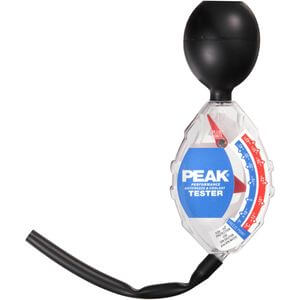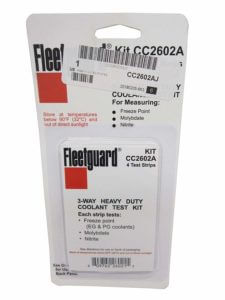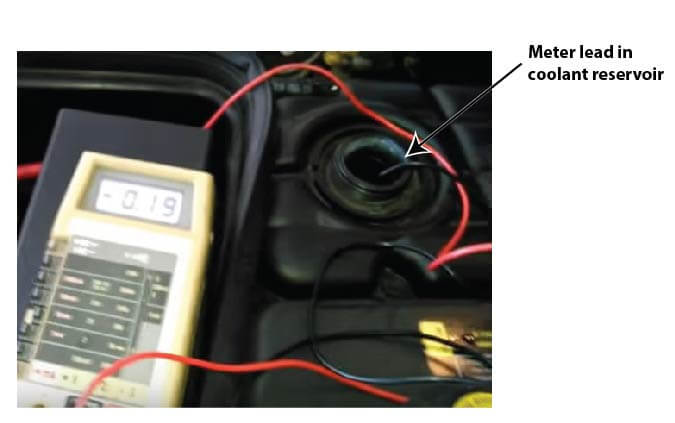How to Test Coolant: The Ultimate Guide
Learn the 3 ways to test coolant
Properly maintaining your vehicle’s engine cooling system is important to ensure it continues running at optimum temperatures. An important part of this maintenance is testing the engine coolant, also known as antifreeze. Here is a step-by-step guide on how to test coolant.
Check its freeze protection
Determine the coolant’s freeze protection using an inexpensive tester  from any auto parts store.
from any auto parts store.
Test condition with test strips
The coolant’s anti-corrosion additives wear out long before coolant loses its freeze protection and old coolant can contain acids that damage the internal components.
Cooling system corrosion causes heater core failure, radiator clogs and leaks, rapid water pump and seal wear and heater tubing rust out. Replacing a heater core in most late model cars involves removing the entire dash, evacuating the A/C system and the complete disassembly of the heater box and duct-work. That’s every bit of a $1,000 repair.
You can prevent all that damage by using test strips to determine your coolant’s condition.
Test strips come in various designs
• 2-way strips measure glycol concentration and the coolant’s pH balance.
• 3-Way strips measure glycol concentration, pH and reserve alkalinity.
• 4-way strips measure Nitrite, Molybdate, Glycol concentration and pH.
These tests tell you the actual condition of your coolant, not just its freeze protection.
The downside to using test strips is that they usually come in a bottle of 100 strips and that can be pricey. However, some companies sell smaller packs for DIYers.

Fleetguard Test Kit CC2602A. Tests for Freeze Point, Molybdate, and Nitrite

Accustrip 2050-3 (CTS-3) coolant test strips
You can also check the anti corrosion properties of your current coolant using a digital multimeter.
Test for coolant electrolysis
Set a digital multimeter on the DC scale for around 12 volts. Attach one of the test leads to the negative battery terminal and submerse the other end into the coolant. Then rev the engine to 2,000 RPM and read the voltage on the meter.

If the test reads over .3-.4 volts, it means that the coolant is conducting too much electricity. Either the coolant needs replacing or you have a grounding problem in the vehicle. If the coolant is fresh, check for poor ground connections between the engine and the firewall and the engine and the negative battery terminal.
For more information on checking coolant condition, see this article at MotorWeekhttps://motorweek.org/goss_garage/coolant-check/
© 2012 Rick Muscoplat
Posted on by Rick Muscoplat